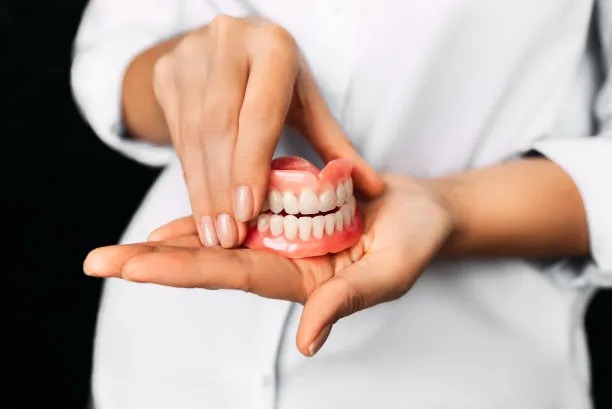The Complete Guide to Extracting a Tooth Safely and Effectively at Home or in a Dental Office
Summary: This article provides a comprehensive guide to safely and effectively extracting a tooth, whether in the comfort of your home or within a dental office. It breaks down critical factors such as preparation, techniques, aftercare, and potential complications. Equipped with practical tips and insights, readers will understand both the importance of dental hygiene and the risks associated with tooth extraction. This guide aims to empower individuals with knowledge and caution while acknowledging that professional dental assistance is paramount for certain cases. Ultimately, this resource highlights the significance of safety and effectiveness in dental procedures.
1. Essential Preparation for Tooth Extraction

Before attempting to extract a tooth, either at home or in a dental office, proper preparation is vital. The first step involves assessing the tooth itself to ensure it is eligible for extraction. Loose teeth, particularly in children, may be simpler to remove than impacted teeth. Therefore, understanding the condition of the tooth is imperative.
Next, gathering the necessary tools and materials is crucial. Essential items include sterile gloves, gauze, a pair of dental forceps, and antiseptic solutions. Ensuring these materials are available not only helps in maintaining hygiene but also boosts confidence when performing the procedure.
Finally, consider the environment where the extraction will take place. A clean, well-lit area free from distractions will minimize risks. If you’re extracting the tooth at home, having a friend or family member present for support can be reassuring.
2. Techniques for Safe Tooth Extraction
Once adequately prepared, the next step involves understanding the effective techniques for tooth extraction. If at home, ensure you begin by numbing the area with an over-the-counter anesthetic to minimize discomfort. Apply the numbing agent as per instructions, allowing sufficient time for it to take effect before commencing.
For the actual extraction, use a gentle rocking motion with the dental forceps to loosen the tooth gradually. Avoid using excessive force, as this may break the tooth or cause damage to surrounding gums and tissue. If the tooth is stubborn, consider an alternative approach rather than force, as this could lead to complications.
In a professional dental setting, trained dentists follow advanced techniques, often utilizing local anesthesia and specialized tools. They can manage complicated cases, including surgical extractions, that require more than just pulling the tooth. This is particularly important for teeth that are severely impacted or have deep roots.
3. Aftercare Following Tooth Extraction
After extraction, regardless of the setting, appropriate aftercare is crucial for a smooth recovery. Initially, biting down gently on gauze placed over the extraction site helps control bleeding. Its essential to keep the area clean and avoid disturbing the blood clot that forms.
Additionally, patients should be cautious about their diet. Soft foods are recommended in the first few days to prevent irritation. Avoiding hot and spicy foods, as well as using straws, is essential since these actions can dislodge the clot and lead to a painful condition known as dry socket.
Monitoring for any signs of infection or complications is also important during recovery. Symptoms like swelling, severe pain, or pus could indicate an issue requiring professional medical advice. Proper aftercare enhances healing and promotes overall oral health.
4. Recognizing and Handling Complications
Complications can arise during or after a tooth extraction, making it essential for individuals to be aware of potential issues. One of the most common complications is excessive bleeding, which may require immediate attention. If bleeding persists after an appropriate time or seems excessive, contacting a dental professional is crucial.
Another potential complication is the development of dry socket, which occurs when the blood clot dislodges. This condition can cause severe pain and delayed healing. To manage this, individuals can rinse with saltwater or consult with a dentist for treatment, which may include medicated dressings.
Additionally, infections are a risk regardless of whether the extraction occurs at home or within a dental office. Signs of infection can include fever, increased pain, or swollen lymph nodes. Early recognition and treatment are paramount to prevent complications. Seeking dental care is key if any concerning symptoms arise.
Summary:
Tooth extraction, while seemingly straightforward, carries with it notable risks. This guide emphasizes the significance of preparation, proper techniques, aftercare, and recognizing complications to ensure safety and effectiveness. Dental expertise remains paramount for complex cases; thus, individuals are encouraged to prioritize their health and consult professionals when necessary.
This article is compiled by Vickong Dental and the content is for reference only.


